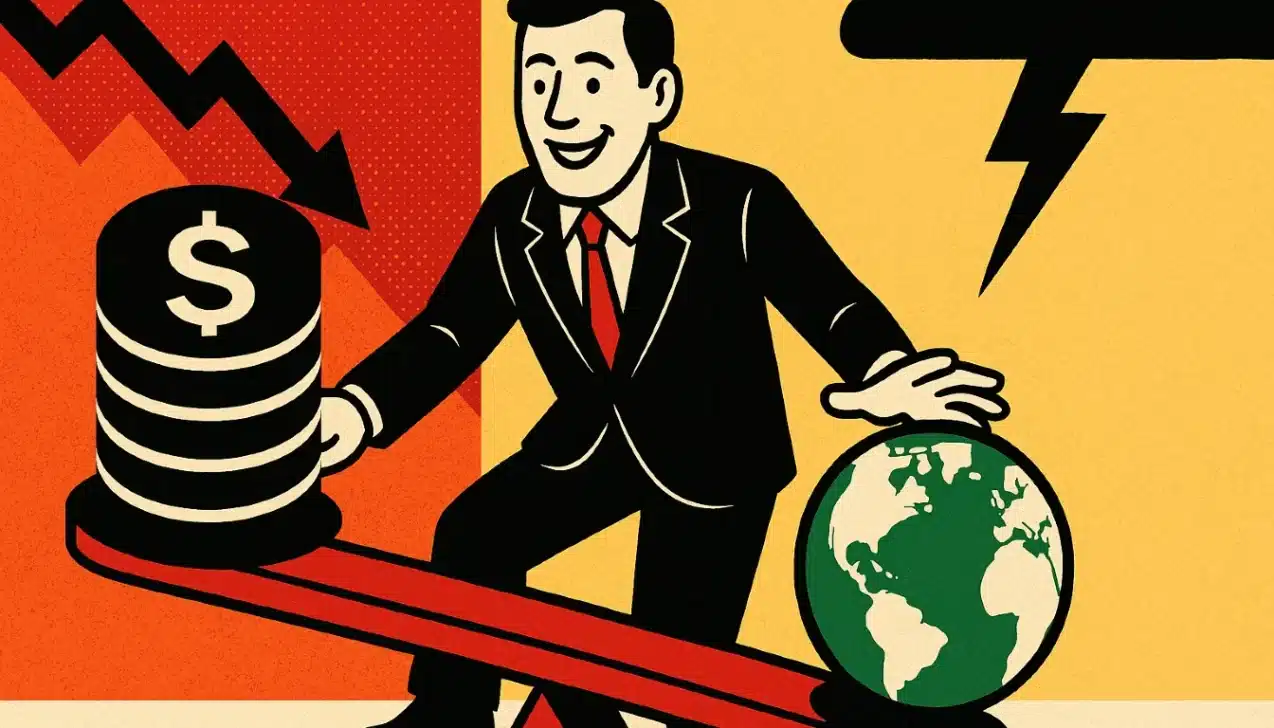There has been a cryptocurrency feeding frenzy this year. As well as the already rich and famous like Elon Musk, millions of ‘normal’ people have piled into the market. With Bitcoin having increased in value by nearly 700 per cent over the past 12 months, some have made a lot of money.
Indeed Reuters was reporting this week that the overall cryptocurrency market capitalization recently hit an all-time peak of $2 trillion, according to data and market trackers CoinGecko and Blockfolio.
Of this total, Bitcoin accounts for some $1.1 trillion. The second largest cryptocurrency, Ethereum, had a market cap of $244 billion on Monday when it hit a record high of $2,144.99.
The direction of travel for these and other cryptocurrencies seems to be up, up, up: many are predicting (willing) Bitcoin to hit the magic $100,000 per coin by the end of 2021.

Illustration: REUTERS, Dado Ruvic
But the real value of cryptocurrencies is perhaps not in their market cap or in enriching speculators; it’s going to be realised through the deployment of the blockchain technology that they are built on.
In simple terms, Blockchain is a digital way to record and transfer ownership of assets between two people or entities. It is extremely flexible as it can be totally anonymous, or it can be highly transparent, depending on the way the technology is used and what the intention of the transaction is.
If you’re a drug smuggler, you probably aren’t going to want to be too open with the details of your trade. But if you’re a buyer or seller of more legal agricultural products, it would be helpful to have full transparency and traceability.
10 percent of global GDP will be stored on blockchain by 2027Blockchain is revolutionising how whole industries work, with a secondary industry of advisors like EY and McKinsey fuelling adoption across big business. Indeed a recent World Economic Forum survey released at the Davos meeting suggested that 10 percent of global GDP will be stored on blockchain by 2027. As global GDP is forecast to reach $113 trillion by 2025, that’s a hefty amount. The technology is also unleashing a wave of innovation in social good among small businesses and the not-for-profit sector. Firstly, specific cryptocurrencies are being set up, claiming to be dedicated to bettering the world. One example is the eponymous SocialGood is one, even though it appears that the real ‘good’ they are offering is based on giving you money back on your purchases. Another example is Faircoin, which claims, as the name suggests, to be fairer than other currencies, with a stated aim to “create an innovative glocal economic system from the bottom up in favor of an alternative and post-capitalist model, paving the way for a collective change towards a life based on values in common.” Turning back to agriculture, organisations such as Agroplexi are using blockchain to help with financial inclusion for farmers in emerging markets by offering them services such as peer-to-peer payment systems that let them bypass (sometimes dodgy) middlemen and get direct payment from buyers. The farmers can also get access to project financing, management systems and better data.
A very different application is RoleCoin, which sets out to “bring transparency to the $100 billion spent annually to train the workforce of the future.” Philanthropic foundations, impact investors and family offices finally have a way to track the long-term impact of their investments in education, STEAM education in particular. RoleCoin and its accompanying dashboard, provide proof-of-progress by tracking the ongoing skill and career development progress of Rolecoin recipients. Put another way, RoleCoin can help philanthropic people and businesses be more certain that they are getting ‘a return’ for their giving and genuinely funding ongoing education.
These are just two examples of the thousands of ways blockchain is being used and if you’re looking for more inspiration, it’s worth having a look at some of the recent award schemes for blockchain innovation like the Blockchain Revolution Global Awards or the Blockchain Technology Summit.
Now for the kicker. Blockchain uses a lot of energy. The University of Cambridge Centre for Alternative Finance (CCAF) calculates that Bitcoin’s total energy consumption is somewhere between 40 and 445 annualised terawatt hours (TWh), with a central estimate of about 130 terawatt hours. To put it in perspective, the UK’s electricity consumption is around 300 TWh a year, while Argentina uses around the same amount of power as the CCAF’s best guess for Bitcoin. And the electricity the Bitcoin miners use overwhelmingly comes from polluting sources.
While it may be massively valuable in terms of the wealth it can create, both directly and indirectly, blockchain is not currently environmentally sustainable, certainly in the ‘mining’ process. The millions of people who are now proud owners of cryptocurrency portfolios will, however, be hoping (praying) that their investments will prove to be financially sustainable.





